Chabazite
Chabazite is a term which actually refers to five related zeolite minerals – It is impossible to distinguish between them without chemical analysis.
Showing all 10 results
-
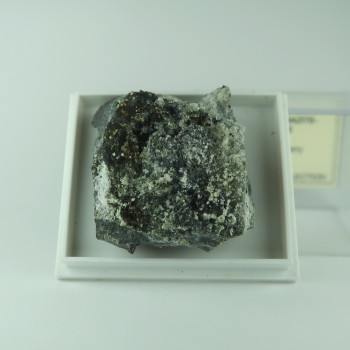
Calcite, Chabazite, and Hematite from Coatsgate Quarry, Scotland
£10.00 -
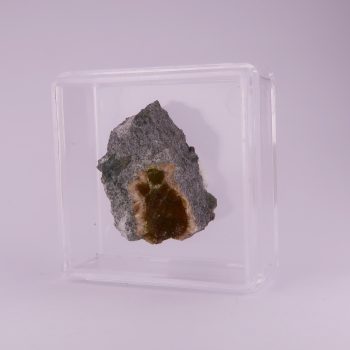
Chabazite and Epidote from Sligachan quarry, Scotland
£20.00 -
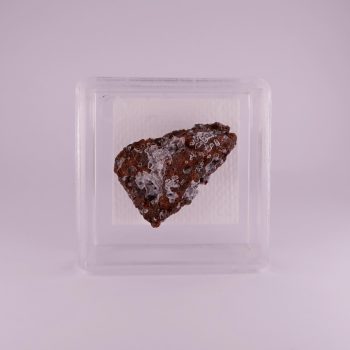
Chabazite and Offretite from Gedern, Germany
£10.00 -
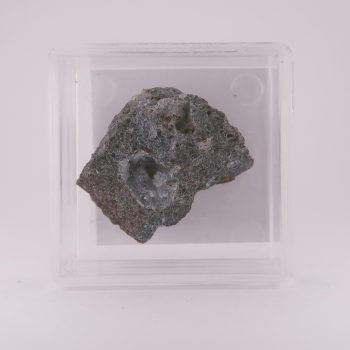
Chabazite and Offretite from Herbstein basalt quarry, Germany
£10.00 -
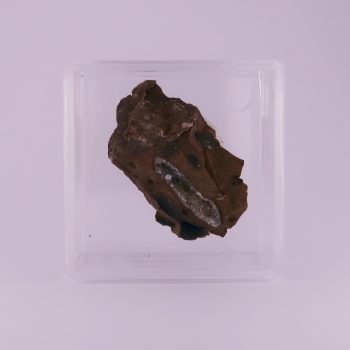
Chabazite from Craigahulliar Quarry, Northern Ireland
£7.50 -
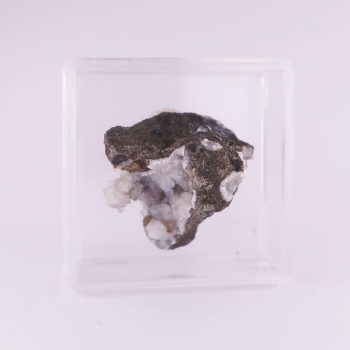
Chabazite from Quiraing, Scotland
£7.50 -
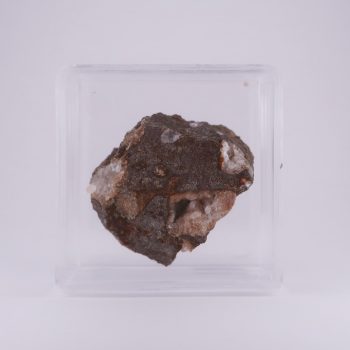
Chabazite var. Phacolite from Road Cutting, Scotland
£10.00 -
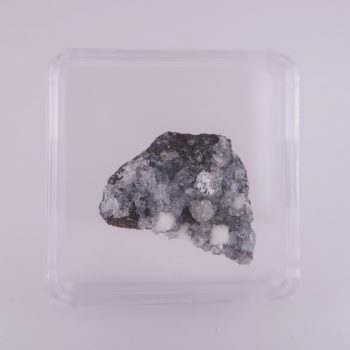
Chabazite-Ca and Gismondine-Ca from Aranga Quarry, New Zealand
£35.00 -
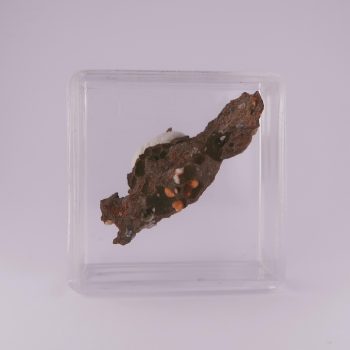
Chabazite-Na and Phillipsite from Horseshoe Dam area, USA
£10.00 -
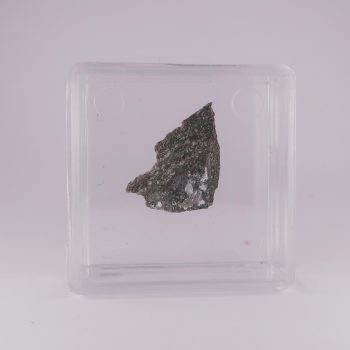
Chabazite, Offretite, Saponite from Upper Val Saviore, Italy
£10.00
Information about Chabazite
Chabazite is a term which actually refers to five related minerals – Chabazite-Ca, Chabazite-K, Chabazite-Mg, Chabazite-Na, Chabazite-Sr. It is impossible to distinguish between them without chemical analysis.
Chabazite-Ca is the most common member of this series, however, Chabazite is a sufficient name for unanalysed members. All of the chabazite minerals are members of the zeolite group.
Uses and History
Used as a drying agent and for nuclear waste cleanup in the Three Mile Island nuclear disaster – unfortunately this isn’t something I fully understand. 🙂
Chabazite was named ‘chabasie’ in 1788-1792 by Louis-Augustin Bosc d’Antic from the Greek word ‘chabazios’ meaning tune or melody as part of the poem Peri lithos.
Mineralogy
Colourless, white, yellow, pink, red, orange, peach.
Hazards and Warnings
Mineral collectors should wash their hands after handling specimens, to avoid any exposure to potential toxins.
Almost all rocks, minerals (and, frankly, almost all other substances on earth) can produce toxic dust when cutting, which can cause serious respiratory conditions including silicosis.
When cutting or polishing rocks, minerals, shells, etc, all work should be done wet to minimise the dust, and a suitable respirator or extraction system should be used.
Translations
Arabic:
Hindi:
Portuguese:
Bengali:
Indonesian:
Punjabi:
English:
Italian:
- Cabasite
Russian:
- Шабазит
French:
Japanese:
Spanish:
- Chabasita
German:
- Chabasit
Korean:
Thai:
Gujurati:
Mandarin Chinese:
- 斜沸石
Urdu:
